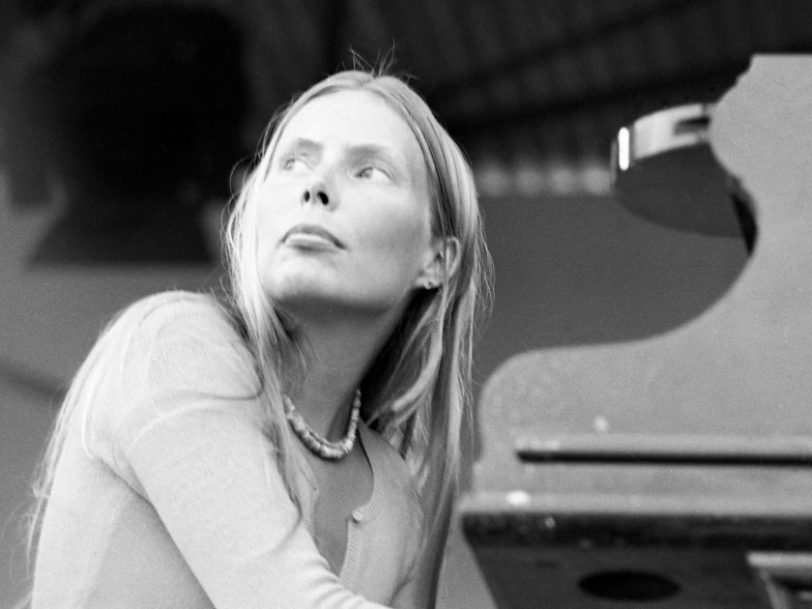By the time her ninth album, Don Juan’s Reckless Daughter, was released, on 13 December 1977, Joni Mitchell had travelled a very long way from her coffee-shop folk roots. Here was a sprawling, wildly experimental double-album that saw her further establish herself as a contemporary of boundary-pushing jazz fusion acts such as Weather Report.
Listen to ‘Don Juan’s Reckless Daughter’ here.
Though Don Juan’s Reckless Daughter baffled some critics, Mitchell’s followers wouldn’t have been surprised by its experimentation. A good deal of the album had been written years before, and Mitchell’s previous records (particularly 1975’s The Hissing Of Summer Lawns and the following year’s Hejira) had seen her moving steadily towards a sophisticated, jazz-inspired sound. Still, on Don Juan’s Reckless Daughter, Mitchell went for broke: take your pick from the 16-minute centrepiece, the awe-inspiring Paprika Plains; the wild exploration of polyrhythmic percussion that is The Tenth World; or from any number of examples of Mitchell throwing the traditional verse-chorus-verse structure of songwriting out the window, as if her poetic gifts demanded they be untethered.
A time to take stock
After appearing at The Band’s star-studded farewell concert, The Last Waltz, at the Winterland Ballroom, San Francisco, on 25 November 1976, Mitchell spent much of 1977 away from the public eye. Save for an encore appearance with Crosby, Stills And Nash at their 21 June concert at Madison Square Gardens, New York City, she didn’t appear on stage all year, having cancelled a European tour because of exhaustion.
Mitchell used her time to take stock. She was nearing the end of her record contract with Asylum, and saw it as an opportunity to revisit some material that had been simmering away for the past few years. She’d first played Jericho while on tour in support of her 1974 album, Court And Spark, and a version of the song had been included on the live album released later that year, Miles Of Aisles. Dreamland was considered for the tracklist of The Hissing Of Summer Lawns, and a clutch of other Don Juan’s Reckless Daughter songs began life thanks to Mitchell’s stint on Bob Dylan’s Rolling Thunder Revue tour in November and December 1975 – the album’s title track was first played live during her support set, and Talk To Me (a song about attempting to communicate with the emotionally elusive Dylan) was written while on the tour and aired on stage in January 1976.




